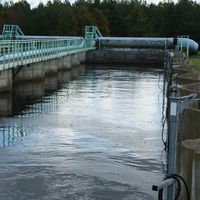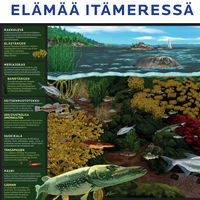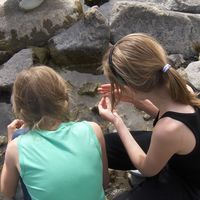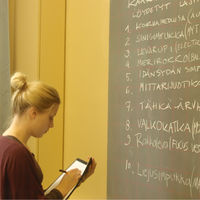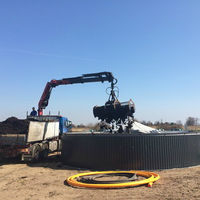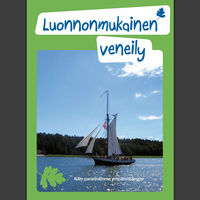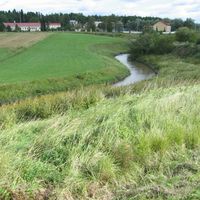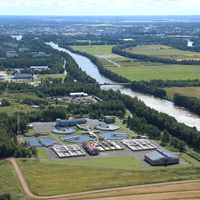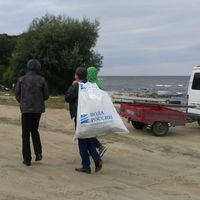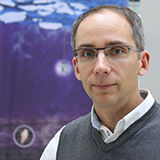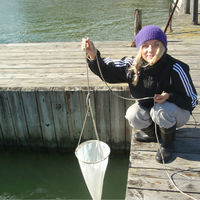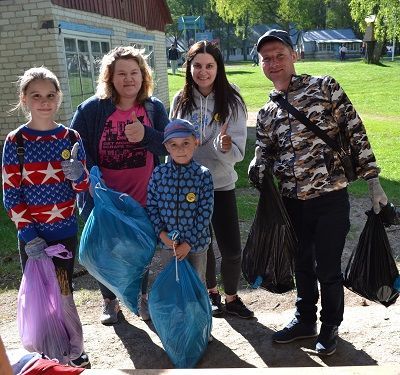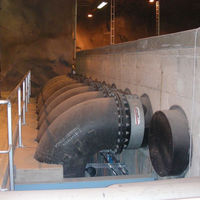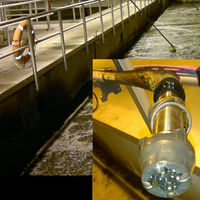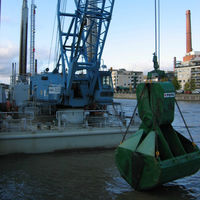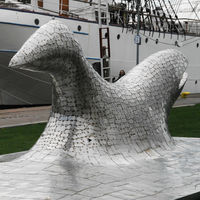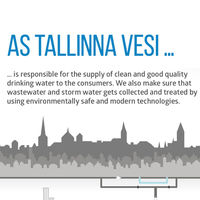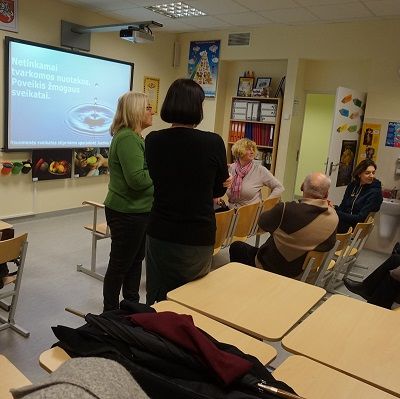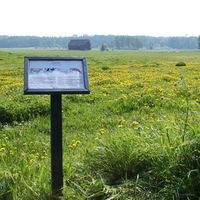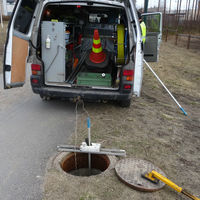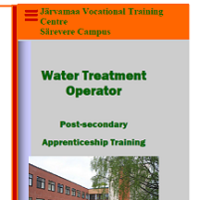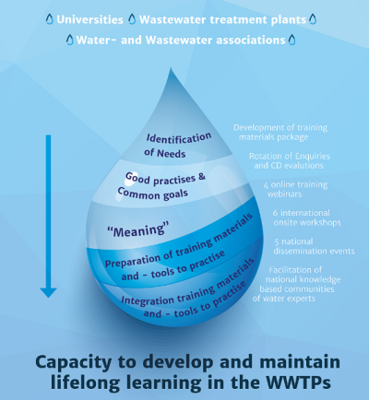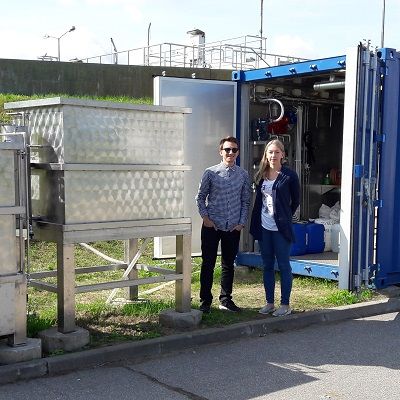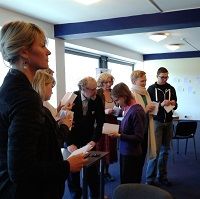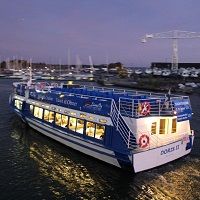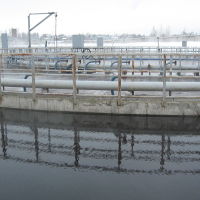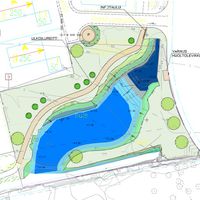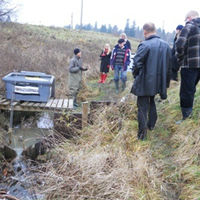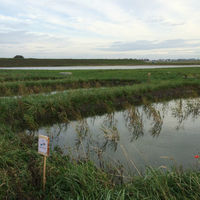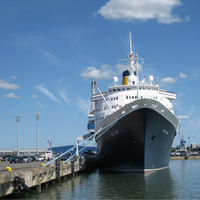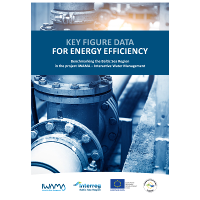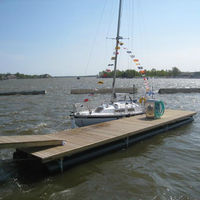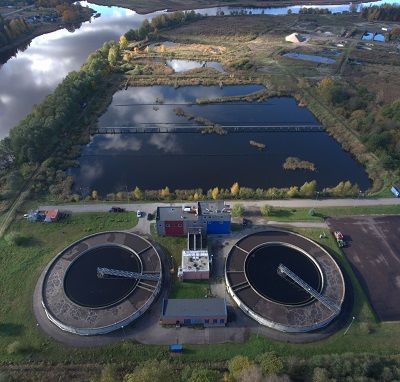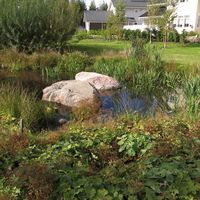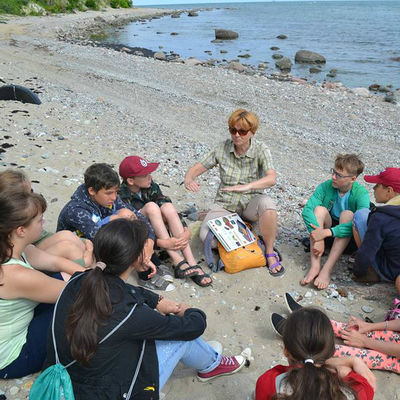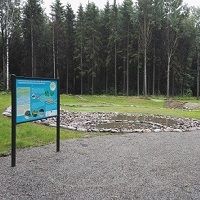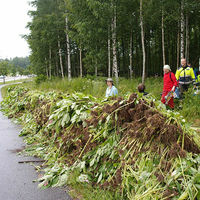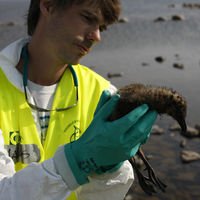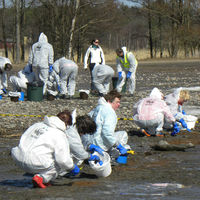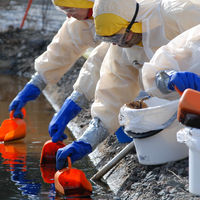Bank of Actions
Are you seeking examples or inspiration for water protection? There are plenty of potential actions to choose from! The Bank of Actions will provide your organisation with concrete ideas and examples of water protection activities implemented by organisations in the Baltic Sea Challenge network. You can browse these according to the theme, type of actor, country, year or keyword.
 |
Join the Baltic Sea Challenge network by committing to water protection work, and gain the benefits of an international expert Network. Read more about the Baltic Sea Challenge and how to join the network. |
 |
The Bank of Actions is always open to ideas for new actions. Is your organisation already a member of the Baltic Sea Challenge network and does it have good examples of water protection measures that it would like to share? Tell us about the work that you do, by filling in this form. We will put your action on the map! |
![]() Agriculture
Agriculture
![]() Awareness raising
Awareness raising
![]() Hazardous materials
Hazardous materials
![]() Littering etc.
Littering etc.
![]() Oil spill prevention
Oil spill prevention
![]() Research and monitoring
Research and monitoring
![]() Shipping and boating
Shipping and boating
![]() Stormwater management
Stormwater management
![]() Strategies and programs
Strategies and programs
![]() Wastewater management
Wastewater management
![]() Other
Other
![]() Drainage basin
Drainage basin
Pilot investments for sludge management small scale WWTPs in Türi and Oisu
Actor: Türi Water Ltd. ● Year: 2017 ● Address:
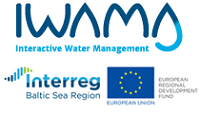 Although many good solutions for waste activated sludge management are in use all around the Baltic Sea Region, most of them are not applicable for small wastewater treatment plants. A pilot investment was done in Türi and Oisu wastewater treatment plants (Estonia) in order to show a good example of efficient sludge treatment for small scale plants. Efficient sludge treatment, keeping in mind the problematic environmental status of the Baltic Sea, means a treatment process with low environmental impact. As large investments are also problematic for small WWTPs, the solution should have both low constructional and operational costs. Though in densely populated regions collection and transportation of sludge from smaller to bigger WWTPs is a good practice, in scarcely populated regions this practice might not be feasible due to high complexity and costliness of the action.
Although many good solutions for waste activated sludge management are in use all around the Baltic Sea Region, most of them are not applicable for small wastewater treatment plants. A pilot investment was done in Türi and Oisu wastewater treatment plants (Estonia) in order to show a good example of efficient sludge treatment for small scale plants. Efficient sludge treatment, keeping in mind the problematic environmental status of the Baltic Sea, means a treatment process with low environmental impact. As large investments are also problematic for small WWTPs, the solution should have both low constructional and operational costs. Though in densely populated regions collection and transportation of sludge from smaller to bigger WWTPs is a good practice, in scarcely populated regions this practice might not be feasible due to high complexity and costliness of the action.
The pilot investment in both Türi and Oisu WWTPs were site-based humification beds that appear to be a resource effective solution for sludge treatment in small scale WWTPs.
Description
As nutrient recovery from waste activated sludge is becoming more and more important globally, solutions that provide an option for phosphorus and nitrogen reuse, while making sure sludge doesn’t contain harmful substances, are recommended. Sludge humification is one of those solutions, as it is applicable in small scale, decreases and eliminates harmful substances and organisms from the sludge and has an option to use the treated sludge as a fertilizer. Therefore, sludge humification beds, where sludge can be treated via natural way without using any complicated mechanical facilities or chemicals, were chosen to be piloted in both Türi and Oisu WWTPs.
Considering that sludge management in humification beds is a long-term process, lasting at least three vegetation periods, the time- and site-based planning based on previous studies is an essential part of the piloting process. Humification beds are constructed next to the wastewater treatment plants and have the same working principle, while their construction is a bit different in order to determine the most feasible practice. In Oisu, the beds are equipped with a leachate pumping system, in order to lessen the amount of water in the humification beds during dewatering and plant growth period. In Türi, the excess water is not pumped away, as mechanical thickening is applied beforehand. The humification beds in both WWTPs are sowed with plants, that help with the degradation of organic material, including refractory compounds, while also having the ability to absorb the residues of toxic substances like heavy metals from the sludge. In order to extract these toxic substances absorbed in the plants mowing or reaping can be used if necessary.
Benefits
Inefficient sludge treatment in wastewater treatment plant may lead to increased loads of hazardous substances to the Baltic Sea. However, efficient sludge treatment is challenging in small-scale WWTPs. Sludge humification bed is a technology which is feasible for small WWTP but is underestimated in cold climate. Therefore, sludge humification bed, where sludge can be dewatered via natural way without extensive use of mechanical facilities or chemicals, ensuring low constructional and operational costs and low environmental impact, was piloted in Türi and Oisu WWTP. Smart operation of the humification and degradation processes may convert the sludge into quality product that possesses potential to be used in agriculture, greenery and recultivation.
Background information
The pilot investments in Türi and Oisu were implemented within Interreg Baltic Sea Region Programme 2014-2020 financed project IWAMA. Baltic Sea Challenge had close co-operation with the EU Interreg funded IWAMA (Interactive Water Management) project. IWAMA project activities concentrated on developing the capacity of water sector operators and pilot investments to increase energy efficiency and advance sludge handling. All project activities were targeted at better environmental state of the Baltic Sea through reducing nutrient input, optimizing energy consumption of the wastewater treatment plants, training water sector’s employees and ensuring the transfer of knowledge. The partners of the IWAMA project joined the Baltic Sea Challenge network.

Further information
Name: Jan Raudsepp ● Email: jan.raudsepp(a)tyri.ee ● Web page: http://www.tyrivesi.ee/


